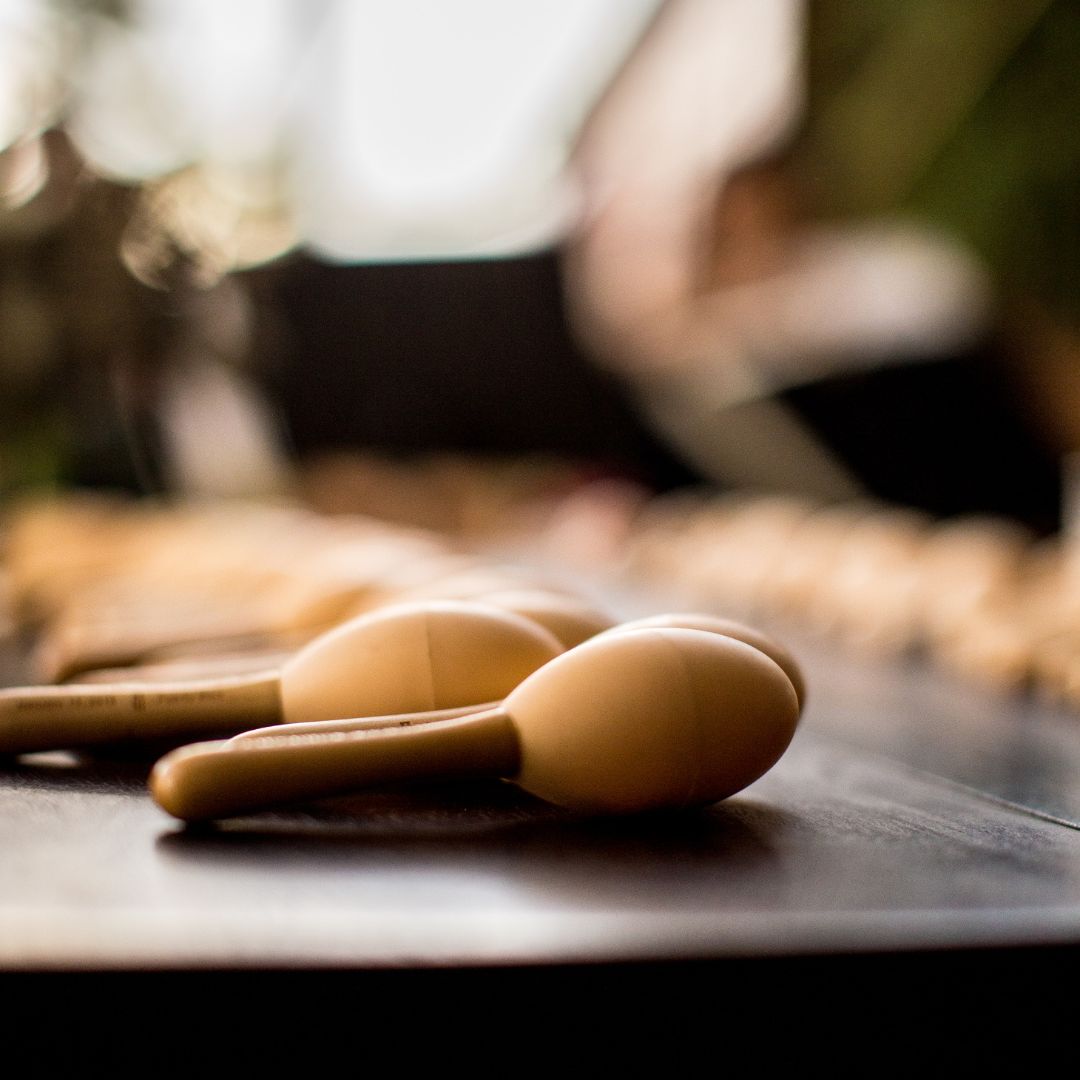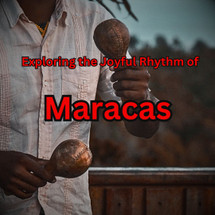Posted by Steve Head on 18th Aug 2024
Exploring the Joyful Rhythm of Maracas
As a percussion enthusiast and the owner of Kopf Percussion, I’m always fascinated by the variety of instruments that bring rhythm and life to music. One such instrument that holds a special place in the world of percussion is the maracas. These simple yet vibrant instruments have been a staple in Latin music and beyond, adding a lively, rhythmic texture to countless musical compositions. In this blog post, I’ll delve into the history, construction, and use of maracas, and share how they can enhance your musical journey.
What Are Maracas?
Maracas are a type of handheld percussion instrument traditionally made from gourds filled with seeds, beads, or dried beans. When shaken, the seeds inside the gourd strike against the walls, creating a distinct rattling sound that is both rhythmic and dynamic. The sound of maracas is often associated with Latin American music, particularly in genres like salsa, samba, and merengue, but they have found their way into various musical styles around the world.

The History of Maracas
Maracas have a rich history that dates back to indigenous cultures in Latin America, particularly among the Tainos in the Caribbean and the indigenous peoples of Venezuela and Colombia. These early maracas were typically made from hollowed-out gourds and were used in ceremonies and rituals to accompany dances and songs.
Over time, maracas became a central component of Latin American music, evolving in design and material. Today, maracas are made from a variety of materials, including plastic, wood, and metal, but they still retain the same basic construction and purpose—to provide rhythm and add a unique texture to music.
How to Play Maracas
Playing maracas is deceptively simple but requires a good sense of rhythm. The instrument is typically held in each hand, with the player shaking them in time with the music. The movement of the maracas can be varied to produce different rhythms and accents, making them a versatile tool in any percussionist’s arsenal.
Here are a few basic techniques for playing maracas:
- Single Shake: Hold the maracas in your hands and shake them forward and back, allowing the seeds inside to strike the walls. This creates a steady, continuous sound.
- Accent Shake: Emphasize certain beats by shaking the maracas with more force, creating a louder, more pronounced sound.
- Rolling Shake: Roll the maracas in your hands to create a softer, more sustained sound, which can be used to build tension or add subtlety to a musical passage.
Why Maracas Are a Great Addition to Your Percussion Collection
Maracas are not only fun to play but also incredibly versatile. They can be used in a variety of musical settings, from casual jam sessions to professional performances. Their rhythmic sound can complement other percussion instruments, adding depth and texture to any ensemble.
If you’re looking to expand your percussion collection or simply want to add a new sound to your music, maracas are an excellent choice. They are easy to learn, portable, and can be used in a wide range of musical styles. Whether you’re playing traditional Latin music or experimenting with new sounds, maracas can bring a joyful rhythm to your music.
Discover More with Kopf Percussion
At Kopf Percussion, I’m passionate about all things percussion. If you’re interested in learning more about different percussion instruments or exploring my handcrafted cajons, I invite you to check out my collection here. Whether you’re a seasoned percussionist or just starting out, there’s always something new to discover in the world of rhythm.


